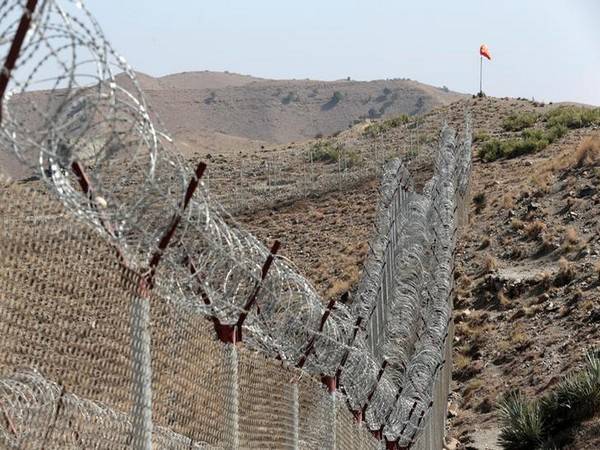Former diplomat Rajiv Dogra’s “Durand’s Curse” is the first book written in the world on the Durand agreement which divided Pathans and has bedevilled the world ever since. Having served as Consul General of India in Karachi, Mr Dogra possesses a wealth of knowledge and experience on the Af-Pak region. Today his book ‘Durand’s Curse: A Line Across the Pathan Heart,’ first published in 2017, is regarded as one of the most authoritative books on the Pashtun and Afghan history and continuing border tension between Afghanistan and Pakistan … A review by Dr Sakariya Kareem
“But even as they were signing the one-page document, they both knew they were writing history with blurred lines. On the morning of 12 November 1893, the foreign secretary of India, Sir Mortimer Durand, also drew a line across a small map. It is said that the Amir of Afghanistan, Abdur Rahman, nodded in approval. No Afghan aide was present in that room so there was no witness to the Amir’s approval.”
That arbitrary line which Mortimer Durand drew in 1893 on a small piece of paper continues to bleed Afghanistan and hound the world. That story has remained untold until now. A former Indian diplomat, Rajiv Dogra’s “Durand’s Curse” is the first book written in the world on the Durand agreement which divided Pathans and has bedevilled the world ever since. Having served as Consul General of India in Karachi, Mr Dogra possesses a wealth of knowledge and experience on the Af-Pak region. Today his book ‘Durand’s Curse: A Line Across the Pathan Heart,’ first published in 2017, is regarded as one of the most authoritative books on the Pashtun and Afghan history and continuing border tension between Afghanistan and Pakistan.
Afghanistan in spite of many books and thesis on the Great Game continues to suffer from the same problems which perhaps the western world needs to understand they are completely unfit to solve. The Americans have already converted Afghanistan into another Vietnam. The west needs to read this book. They should learn from the mistakes of Alexander and his namesake, Alexander Burns and remember the often used quote, “May God keep you away from the venom of the cobra, the teeth of the tiger and the revenge of the Afghans.” ‘Durand’s Curse’ is the result of deep research. Fascinating details from long-buried archives of history reveal for the first time a tale of intrigue and deceit against Afghanistan. Bringing alive the wars, the tragedies and the Afghan anger against injustice in this heart-wrenching account of Afghanistan’s misfortunes, Dogra has succeeded in presenting an absolutely riveting story of the Indian subcontinent’s history.
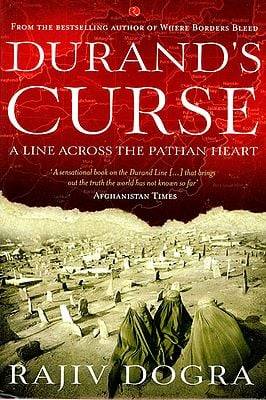
For instance one incident describes how Prime Minister Liaquat Ali Khan directed a politically significant question at the great Pakhtoon leader, Khan Abdul Ghaffar Khan in Pakistan’s Constituent Assembly, ‘Is Pathan the name of a country or that of a community?’ The reply given by Ghaffar Khan should clear up all etymological doubts on the subject, ‘Pathan is the name of the community and we will name the country as Pakhtoonistan.’He added, ‘I may also explain that the people of India used to call us Pathans and we are called Afghans by the Persians. Our real name is Pakhtoon. We want Pakhtoonistan and want to see all the Pathans on this side of the Durand Line joined and united together in Pakhtoonistan.’ Years later, in 1975, an acerbic Punjabi journalist confronted Ghaffar Khan’s son Wali Khan, the National Awami Party leader, on the issue and asked whether he was ‘a Muslim, a Pakistani or a Pashtun first’. He gave a muchquoted reply that he was ‘a six-thousand-year-old Pashtun, a thousand-year old Muslim and a twenty-seven-year-old Pakistani.’ Rajiv Dogra’s book is replete with such invaluable historical episodes which in its entirety succeeds in conveying the spirit of the Pashtun pride.
Some of them are so fantastic they almost seem to be stuff of myth. Dogra writes, “The history of Afghanistan, almost throughout the nineteenth century, reads stranger than fiction. It was a story full of greed, intrigue and violence.”
The book is a saga of British contradictions and flawed strategies in the second half of the nineteenth century and the so-called ‘Great Game’ that they played out in Afghanistan. They wanted secure borders ending at the frontier which could be defended against an attack by Russia. But they also needed to defend Punjab against raids by Pashtuns from the frontier. And yet the British were fearful of including under their control areas and people who they could not effectively govern. That’s why their aphorism for policy in these parts was, ‘rule the Punjabis, intimidate the Sindhis, honour the Baluch and buy the Pashtun.’
Russia’s expansion through Central Asia made the British paranoid about Russian designs on Asia, and the British repeatedly went to war in Afghanistan, in senseless interventions that caused too much bloodshed and suffering.”… the British army used poison gas on the Frontier Pathans in the early twentieth century. This was only to be expected because the British Manual of Military Law stated that the rules of war applied only to conflict between civilised nations. In fact, the Manual of 1914 clarified that ‘they do not apply in wars with uncivilised States and tribes.’ The Western powers still seem to operate with similar beliefs in Afghanistan.
Rajiv has written on a topic no British historian has ever bothered to address, exposing the treachery of the British in tricking the Amir into signing the ambiguous agreement. First the British and then Pakistan had taken away territory that originally belonged to Afghanistan. But the divided Pathan families refuse to accept this division even now and for the last century and over, there has been a struggle to rub out the cursed line drawn across the sand. Peshawar and other Pakhtoon areas became part of British India because they had been conquered by Maharaja Ranjit Singh’s forces and were a part of the Sikh kingdom that the British brought under direct British rule.
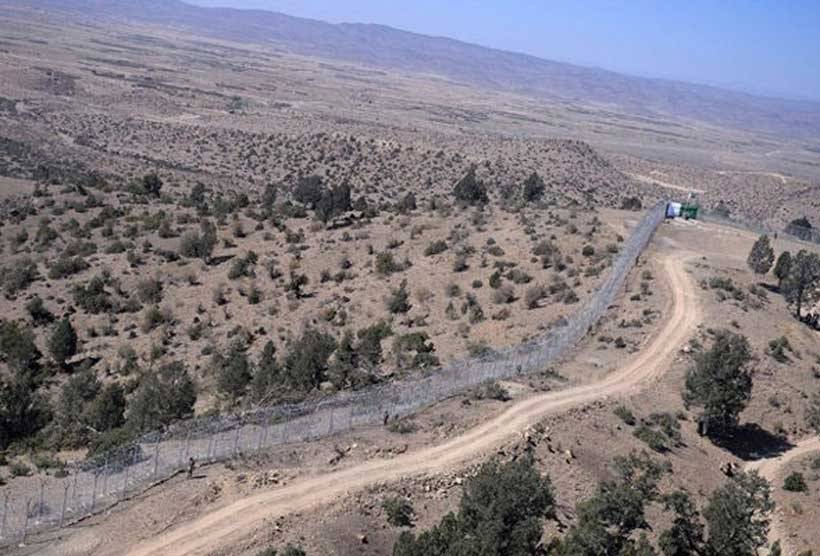
The existence of Pakistan is, according to Mr Dogra, a result of a deliberate British plan, not just a result of British divide and rule policy. He thinks Nehru betrayed the Pathans. He has a whole chapter on how some states such as India and Afghanistan don’t do enough to hold on to their land. Pakistan was created as a strategic state for British access to Asia and oil-rich gulf states as they knew India would no longer act as a British pawn. This miscalculation has created a state which is the hub of all terror activities and the rise of Islamic fundamentalism. He also argues that in fact Afghanistan is more strategically located than Pakistan and the US had a misplaced policy in wooing Pakistan for a long time and now Pakistan has drifted away from the US in favour of China.
The Durand Line passes through present-day Pakistani provinces of Khyber Pakhtunkhwa (NWFP), Federally Administered Tribal Areas (FATA) and Balochistan. It also includes ten provinces in Afghanistan. Dogra examines the Durand agreement in terms of its validity and outcome. As per the British declaration, the Pashtun area was an independent entity.The Line itself was based on very rough and exploratory surveys by frontier agents reflecting British expansion in the northwest frontiers rather than a concerted attempt to establish an international border. Then, there was no representation of the Pathan in the signing of the agreement. For Northern borders with Russia, the term used is ‘Boundary’ and for the SE border with British India, the term used is ‘Frontier’. Whether the line constitutes a boundary or a frontier still lies at the heart of the continued legal differences between Pakistan and Afghanistan on the issue.
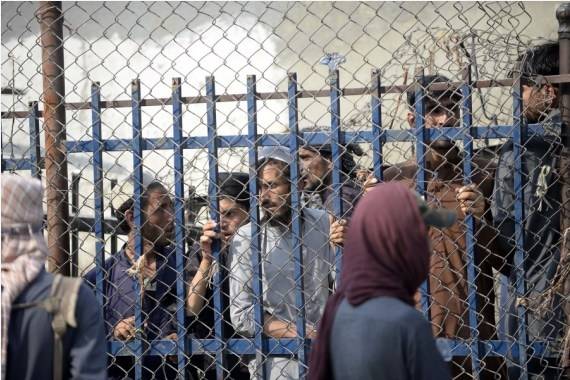
When the British correspondence is analysed, it seems that they talk about only influence over these areas. There is no talk about absorption of the area. ‘Executory’ rather than ‘executed,’ there is no exit clause or an expiry date in the treaty, or provision of ratification or approval of the viceroy. As per the Durand Agreement, the Durand Line was not a boundary, but a line to limit the area of influence. And as the Agreement was between Britain and Afghanistan, Frontier Province couldn’t be given to either India or Pakistan. Further as Pakistan was not a successor state but a new state, the Durand Agreement cannot be carried forward by them.
Tragically the Baloch people were left out completely. The British assured the Afghan ruler that Balochistan was a part of British India, which was a false pretence so that the consent of anyone from Balochistan could be left out, while finalizing the Agreement, or later for the demarcation of the boundary on ground. But a treaty signed with the Khan of Kalat in 1876, the British had recognized the independence of this state. By internationally accepted norms, Balochistan too should have been a party to the Agreement because a part of its territory was also involved. But, the British kept the Baloch rulers in the dark about the Durand Line Agreement to avoid any complications. The book wrenchingly describes the British guiding mantra throughout the nineteenth and twentieth centuries, ‘On principles there should be no compromise and on compromise, there should be no principles.’
The book addresses one of the greatest humanitarian tragedies that has endured for over a century now. The illogical division of land as well as the division of people of one ethnicity into two separate countries. The resulting chaos is encapsulated in a line “Afghanistan today can be described as a strong nation but a weak state, while Pakistan is a strong state with no strong sense of nationhood”.
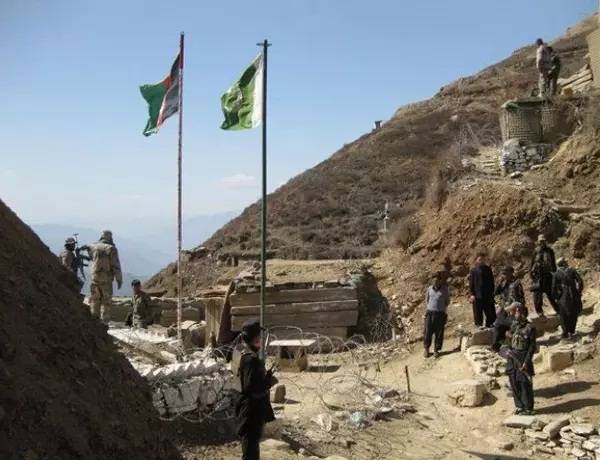
It is remarkable how a problem that started simply from the whims and fancies of uninformed men has continued to pile on centuries later, magnifying its impact. Perhaps that is why Dogra calls it Durand’s ‘Curse.’ Enduring questions remain, Will Pakistanis give up land to help unite the Pakhtoons? Especially when more Pakhtoons live in Pakistan than in Afghanistan? And when Afghanistan itself is multi-ethnic?
Disputed in the context of the struggle for Pashtun homeland, the Durand Line has of late become the cause of heightened border tensions between Pakistan and Afghanistan. Despite Pakistani intelligence’s assessment of likely hostility along the Pakistan-Afghanistan borders, there have been ceaseless attacks from the Afghanistan side. The attacks were so fierce and rattling that on April 17, Pakistan had to formally urge Kabul to secure the Pak-Afghan border region ensuring strict action against those responsible for terror activities, in the interest of peace and progress of the two `brotherly’ countries. Pakistan’s Foreign Office (FO) in Islamabad has categorically said that there has been a significant increase in border hostilities in the last few days. It further said that of late, elements of banned terrorist groups in the border areas, including the Tehreek-e-Taliban Pakistan (TTP), have continued to attack Pakistan’s border security posts. The Taliban, however, deny harbouring Pakistani militants but are also infuriated by a fence Islamabad is erecting along their 2,700-kilometre (1,600-mile) border known as the Durand line.On April 14, seven Pakistani Army soldiers were killed in North Waziristan district by terrorists operating from Afghanistan. This is very unsettling for the Pakistan military establishment. The Taliban authorities warned Pakistan of serious consequences on April 16 after five children and a woman were killed in Afghanistan in rocket attacks launched by the Pakistani military in a pre-dawn assault along the border.
Flare up of the Durand line disagreement has the potential to lead to a change of equations between Afghanistan and Pakistan. It is surprising that much before the Taliban-led regime in Kabul completes one year in office, Pakistan and its western neighbour Afghanistan are falling apart. In this context Rajiv Dogra’s examination of the border issue as the ‘Durand’s Curse’ attains greater significance for analysts and policymakers.

